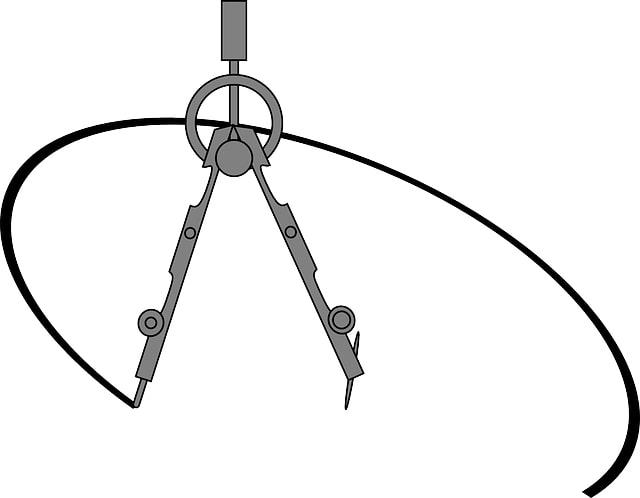Geometry 101 for the USSS
It seems like the United States Secret Service strategy to protect Donald Trump is limited to putting a DEI hire in charge of the protection detail and height-challenged agents surrounding him. Be that as it may, I am astounded that the USSS apparently is unable to follow a simple, intuitive rule—the very first thing you’d think it should be doing—assuming it actually wants to protect Trump: consider the circle with radius r1 with Trump stationed at the center, with r1 the minimum distance necessary so that a shot by a skilled shooter using a high-powered rifle from at least that range would be extremely unlikely to strike its target. That is the region that should be given maximum surveillance.
Now, “extremely unlikely” needs its own definition and may be restricted by limited resources, but whatever it is, the minimum distance to attain this will be a lot larger than the distance to Trump of the shooters we’ve observed. In the first assassination attempt, the shooter was less than 200 meters away, in the second attempt less than 500 meters away. According to this article, typical expert range is 600-1200 meters, with many factors other than distance playing a role. So let’s say r1 = 1,000 meters. To draw a circle of that radius, you don’t need the world’s biggest compass and pencil. If you don’t have advanced equipment, you can use a rangefinder like the one carried by Thomas Matthew Crooks and point it in numerous directions measuring a distance r1 away, then pencil in and connect the dots on a corresponding map to form a reasonable facsimile of a circle of radius r1. Form additional, larger circles as needed, concentric to the first one, with progressively lower-level surveillance in these outer regions. So for r2 > r1 (for example, r2 = 1,200 meters), the area of the ring outside the first circle but inside the second would still get surveillance but at a somewhat lower level than inside the first circle. Bear in mind that when Trump moves around on the links, his surveillance circles move with him.
There may be higher-level math considerations that can be used to USSS advantage, such as the solution of an invader/defender problem. Suppose an assassin (invader) has maximal speed v > 1, and the Secret Service agent (defender) has maximal speed 1 (the Secret Service agent, being a DEI hire, is slower than the assassin). Then the domain of largest area that can be guarded by the SS agent is the disk of radius rv/(v-1), where r is the SS agent’s destruction radius (i.e., the radius for which he/she will be able to shoot the assassin dead).
Overkill? Of course; that’s my point. The USSS need only understand concentric circles. Does it? I wonder.
W.A. Eliot is a pseudonym.

Image: Free image, Pixabay license.
FOLLOW US ON
Recent Articles
- New York Greenlights Quarantine Camps
- Reality Check for Democrats
- A MAGA Siege of the Democrats’ Deep State
- Why Incel and 4B Culture Matter
- Defending Donald Trump: A Response to Jeffrey Goldberg and The Atlantic on the Signal Leak
- Are Judges Complicit in Lawfare?
- Deep Dive: The Signal Chat Leak
- Mark Steyn’s Reversal of Fortune
- Where We Need Musk’s Chainsaw the Most
- Trump Is Not Destroying the Constitution, but Restoring It
Blog Posts
- Consumer Sentiment Survey: This too shall pass
- If they only had knife control....
- Newsom and Walz struggle to appear normal
- Anti-Trump lawfare: yes, it's a conspiracy
- Criminal attack? You're on your own.
- Amid disaster, watch Bangkok clean up and rebuild
- Katherine Maher shoots herself, and NPR, in the foot
- A visit to DOGE
- You just might be a Democrat if ...
- Yahoo Finance writer says Trump’s tariffs will see America driving Cuban-style antique cars
- Kristi Noem and the prison cell
- Dividing the Democrats
- April 2nd: Liberation Day and Reconciliation Day don’t mix
- Red crayons and hospital gowns
- The Paris Climate Agreement was doomed from the start






